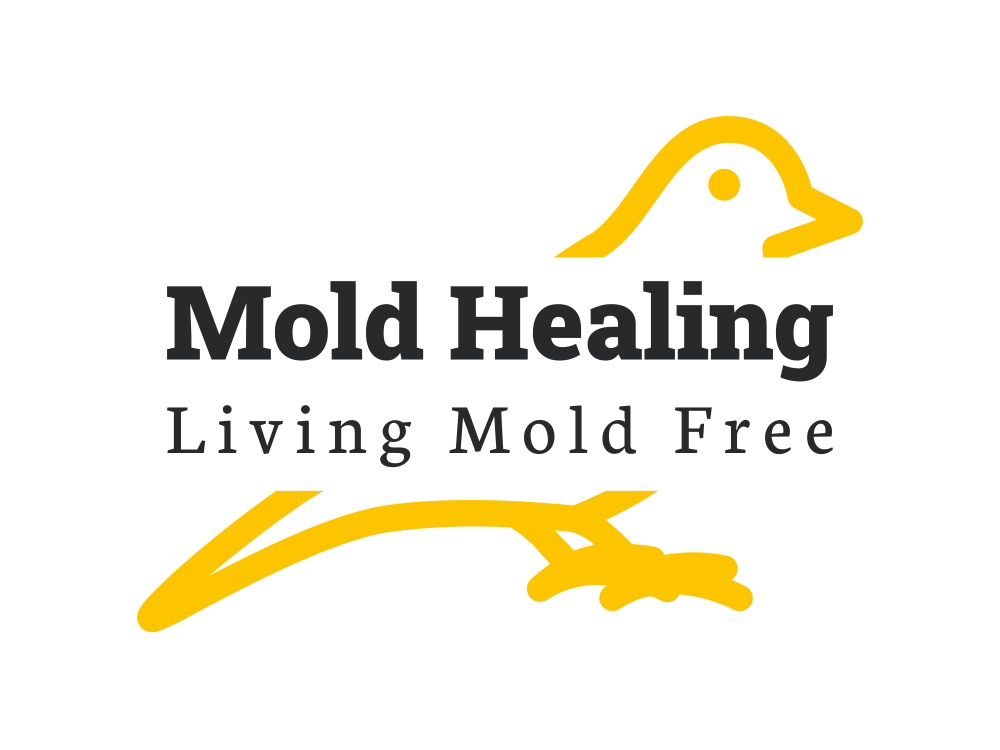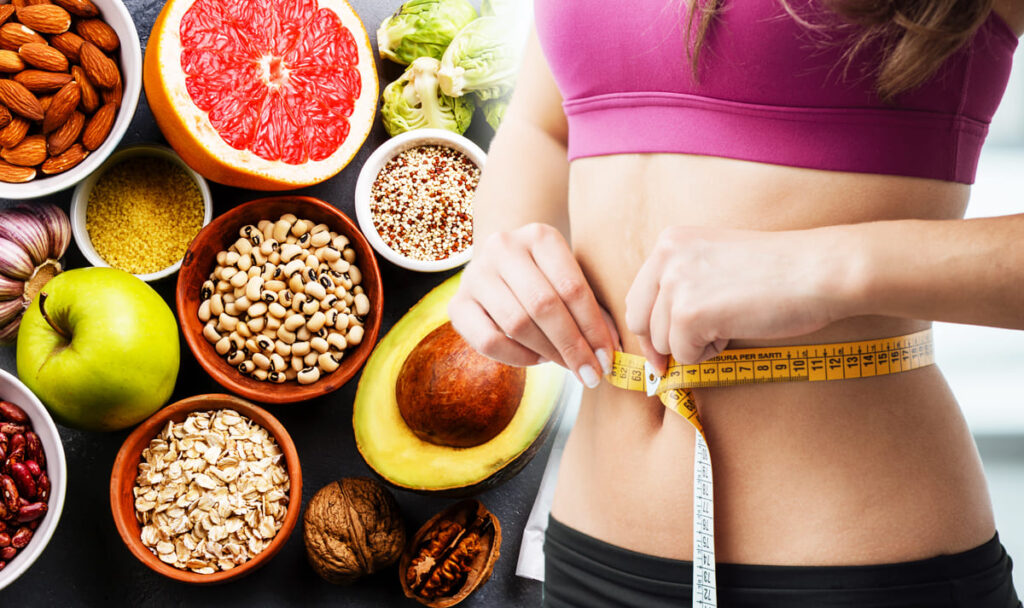Mold exposure can have serious health effects, ranging from allergic reactions to more severe conditions such as chronic respiratory issues and neurological symptoms. While addressing the source of the mold and taking steps to remediate it is crucial, diet can also play a significant role in the healing process.
Dietary Adjustments
There are several key ways in which diet can support the body in the healing process after mold exposure:
1. Antioxidants: Mold exposure can lead to oxidative stress, which can damage cells and tissues in the body. Antioxidants, which can be found in foods like fruits, vegetables, nuts, and grains, can help to neutralize these free radicals and protect the body from further damage.
2. Anti-inflammatory foods: Inflammation is a natural response of the immune system to harmful stimuli, but chronic inflammation can contribute to the development of a range of health conditions. Consuming a diet rich in anti-inflammatory foods, such as fatty fish, turmeric, and leafy greens, can help reduce inflammation and promote healing.
3. Detoxification support: Mold toxins, known as mycotoxins, can accumulate in the body and contribute to a range of symptoms. To support the body’s natural detoxification process through consuming foods like cruciferous vegetables (broccoli, Brussels sprouts, etc.), garlic, and lemon can help remove these toxins from the body.
4. Nutrient-dense foods: Healing from mold exposure can take a toll on the body and may require extra nutrients to support the repair and rebuilding of tissues. A diet rich in nutrient-dense foods, such as whole grains, lean proteins, and healthy fats, can provide the nutrients the body needs to heal and function optimally.
It’s important to note that everyone is unique and may have different dietary needs when it comes to mold healing. Working with a healthcare professional or nutritionist can help to identify any specific nutrient deficiencies or imbalances and create a personalized plan to support healing.
In addition to incorporating nourishing whole foods into the diet, it may also be necessary to avoid certain foods that could exacerbate symptoms or interfere with healing. Some foods that are best to avoid can be:
1. Processed and packaged foods: These foods are often high in additives and preservatives that can burden the body and interfere with the detoxification process.
2. Sugar and refined carbs: Consuming a diet high in sugar and refined carbs can promote inflammation and weaken the immune system, which can hinder the healing process.
3. Moldy or spoiled foods: It’s essential to avoid consuming any foods that may be contaminated with mold, as this can expose the body to further toxins.
4. Alcohol: While moderate alcohol consumption may not be harmful to everyone, it can interfere with detoxification and may exacerbate symptoms for those with mold-related illnesses.
Incorporating a healthy, nutrient-dense diet can be an important aspect of the healing process after mold exposure. Working with a healthcare professional or nutritionist can help identify any specific dietary needs and create a plan to support the body’s healing journey.
Resources:
**[https://www.ncbi.nlm.nih.gov/pmc/articles/PMC5815810/](https://www.ncbi.nlm.nih.gov/pmc/articles/PMC5815810/)**
– **[https://www.ncbi.nlm.nih.gov/pmc/articles/PMC4565985/](https://www.ncbi.nlm.nih.gov/pmc/articles/PMC4565985/)**
– **[https://www.ncbi.nlm.nih.gov/pmc/articles/PMC4425174/](https://www.ncbi.nlm.nih.gov/pmc/articles/PMC4425174/)**
– **[https://www.ncbi.nlm.nih.gov/pmc/articles/PMC5796020/](https://www.ncbi.nlm.nih.gov/pmc/articles/PMC5796020/)**

